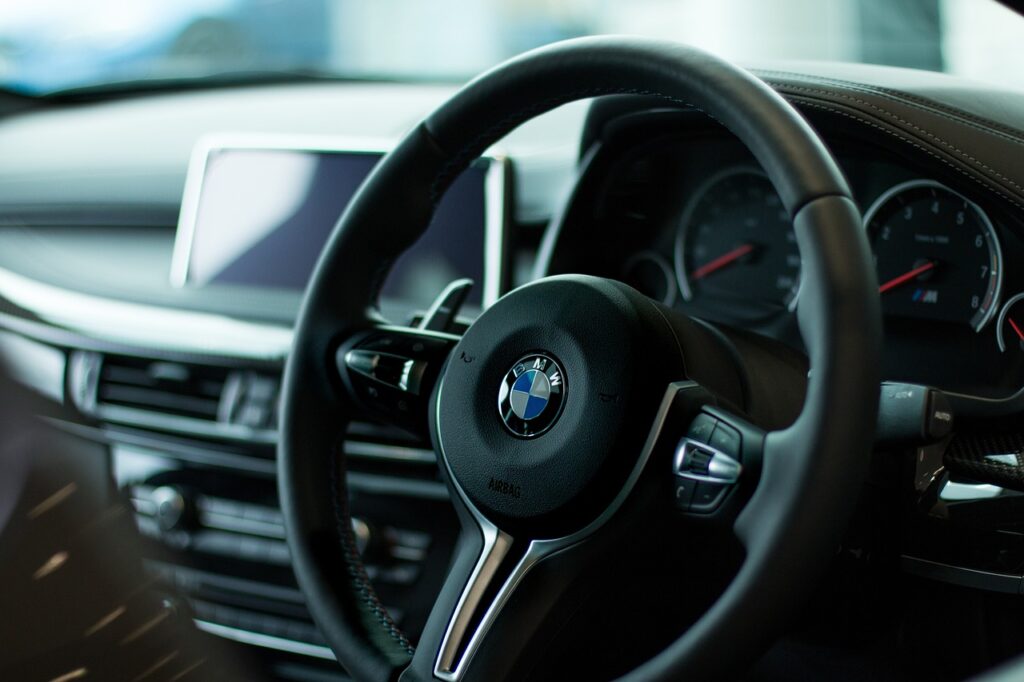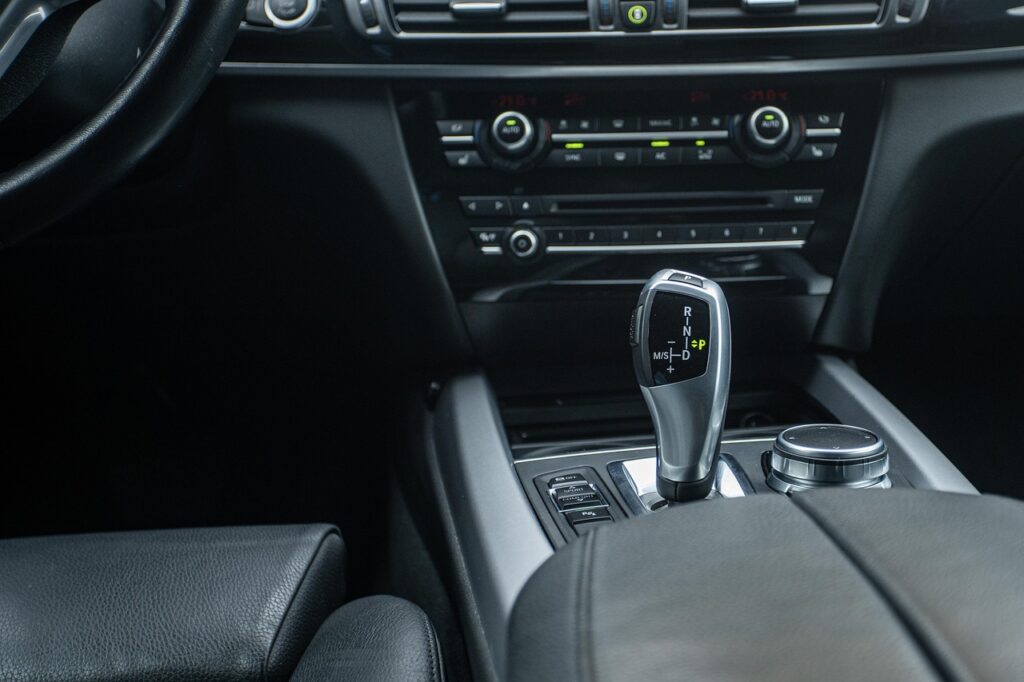
All about 100,000 Mile Car Maintenance
As a car owner, reaching 100,000 kilometers is a huge achievement. 100000 mile car maintenance is critical for your vehicle’s longevity and performance, and as you reach 100,000 miles, specific maintenance procedures should be addressed. This comprehensive checklist will walk you through the necessary maintenance tasks to guarantee your automobile runs smoothly and safely for many more kilometres.
100000 mile car maintenance is important
100000 mile car maintenance is important not just for extending the life of your car, but also for your safety on the road. Various components of your car may wear and tear with time, and achieving this milestone is an ideal moment to address any possible issues before they become severe difficulties. You can take good care of your automobile and avoid additional expenses if you follow the maintenance checklist.
Engine maintenance – What to check
As long as the engine is the core part of your vehicle, and proper maintenance is essential to keep it running smoothly. when you are doing 100000 mile car maintenance, it’s important to pay additional attention to the following:
Change the engine oil and filter: Regular oil changes are crucial for engine health, and at this mileage, it’s recommended to switch to a high-mileage oil formula. Replace the oil filter as well to ensure proper filtration.
Inspect and replace spark plugs: Worn-out spark plugs can affect engine performance and fuel efficiency. Check the condition of the spark plugs and replace them if necessary.
Inspect the timing belt: The timing belt plays a critical role in the engine’s operation. If your vehicle has a timing belt, check it for signs of wear and replace it if recommended by the manufacturer.
keep an eye transmission and drivetrain
The transmission and drivetrain are responsible for transferring power from the engine to the wheels. To keep them functioning optimally, consider the following maintenance tasks:
Check and change transmission fluid: The transmission fluid should be checked and replaced according to the manufacturer’s recommendations. Fresh fluid ensures smooth shifting and protects against wear.
Inspect and lubricate drivetrain components: Check the condition of the driveshaft, CV joints, and universal joints. Lubricate them if necessary to prevent excessive wear and noise.
Inspect the differential fluid: If your vehicle has a differential, check the fluid level and condition. Replace it if necessary to ensure proper lubrication.
Suspension and steering maintenance checklist
A well-maintained suspension and steering system are crucial for a smooth and controlled ride. Consider the following maintenance tasks:
Inspect and replace worn suspension components: Check for any signs of wear or damage in the suspension system, including shocks, struts, control arms, and bushings. Replace any worn-out components to maintain proper handling and ride comfort.
Check wheel alignment and balance: Misaligned wheels can cause uneven tire wear and affect the vehicle’s handling. Get the wheels aligned and balanced to ensure optimal performance.
Inspect and lubricate steering components: Check the condition of steering components, such as tie rods and ball joints. Lubricate them if necessary to prevent premature wear and ensure smooth steering.
Brake system
The brake system is one of the most critical safety features of your vehicle. Proper maintenance is essential to ensure reliable stopping power. Consider the following maintenance tasks:
Inspect and replace brake pads and rotors: Check the condition of the brake pads and rotors for any signs of wear. Replace them if necessary to maintain optimal braking performance.
Flush and replace brake fluid: Brake fluid absorbs moisture over time, which can affect brake performance. Flush the brake fluid and replace it according to the manufacturer’s recommendations.
Inspect and lubricate brake calipers: Check the condition of the brake calipers and ensure they are properly lubricated. Lubrication prevents sticking and ensures even brake pad wear.

Cooling system
The cooling system plays a vital role in preventing your engine from overheating. To keep it in good condition, consider the following maintenance tasks:
Inspect and replace the radiator hoses: Over time, radiator hoses can become brittle and develop leaks. Inspect them for any signs of wear or damage and replace them if necessary.
Flush and refill the coolant: Coolant should be flushed and replaced periodically to prevent corrosion and ensure proper cooling. Follow the manufacturer’s recommendations for the correct coolant type and service interval.
Inspect the radiator and thermostat: Check the condition of the radiator for any signs of leaks or damage. Also, ensure that the thermostat is functioning correctly to regulate engine temperature.
Pay attention to electrical system
A properly functioning electrical system is essential for the overall performance of your vehicle. Consider the following maintenance tasks:
Check and replace the battery: Over time, the battery’s performance may decline. Test the battery’s voltage and replace it if necessary to prevent unexpected breakdowns.
Inspect and replace spark plug wires: Worn-out spark plug wires can cause misfires and affect engine performance. Always inspect them for any signs of wear or damage and replace them if necessary.
Inspect and clean electrical connections: Check all electrical connections, including fuses, relays, and wiring harnesses. Clean any corrosion or buildup to ensure proper electrical conductivity.
Exterior and interior maintenance checklist
While maintaining the mechanical aspects of your vehicle is crucial, don’t forget about the exterior and interior. Consider the following maintenance tasks:
Wash and wax the exterior: Regular washing and waxing help protect the paint from the elements and maintain a polished appearance.
Clean and condition the interior: Vacuum the interior and clean any stains or spills. Apply a suitable conditioner to maintain the softness and durability of the upholstery.
Inspect and replace windshield wipers: Worn-out wiper blades can hinder visibility during rain or snow. Check the condition of the wiper blades and replace them if necessary.
Additional considerations for milestone car maintenance
In addition to the checklist mentioned above, there are a few additional considerations to keep in mind when reaching the 100,000-mile milestone:
Inspect and replace the fuel filter: A clogged fuel filter can restrict fuel flow and affect engine performance. Check the fuel filter and replace it if necessary.
Check and replace the air filter: A clean air filter is essential for proper engine performance and fuel efficiency. Inspect the air filter and replace it if dirty or clogged.
Inspect and replace worn belts and hoses: Belts and hoses can deteriorate over time, leading to leaks or failure. Check their condition and replace them if necessary to prevent unexpected breakdowns.

Advanced device for your car tuning
A Mileage blocker – an extraordinary module that is capable to halt adding up mileage from all control units. What makes it special? It is able to do it all untraceably. Altered data remains untraceable unconditionally. The premium-quality module is created for useful purposes, such as testing your automobile without worrying about unnecessary miles displayed on the odometer. However, because of its flawless performance and reliability, it is used for malicious purposes.
Takeaway
Reaching the 100,000-mile mark is an achievement, but it also means the need for extra care and attention to your car’s maintenance. It not only ensures optimal performance but also provides peace of mind knowing that your vehicle is in top condition.
Remember, regular maintenance is key to extending the life of your car, regardless of mileage. You can keep your automobile running smoothly and enjoy the benefits of a reliable and safe ride for years to come by following the recommended maintenance schedule indicated by your vehicle manufacturer.




